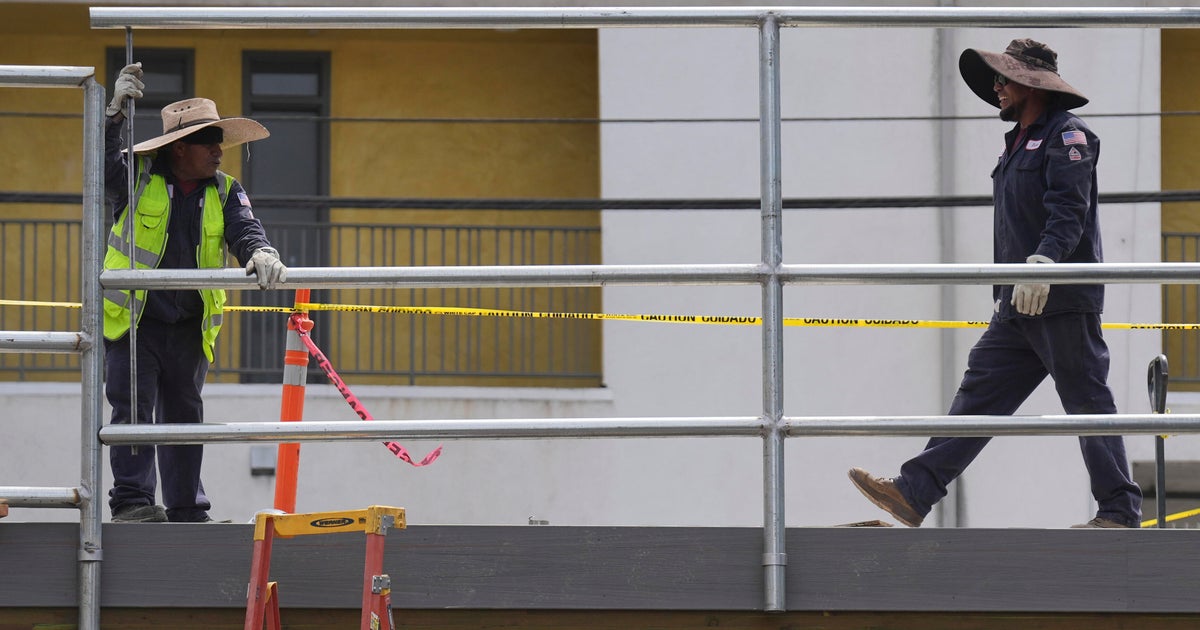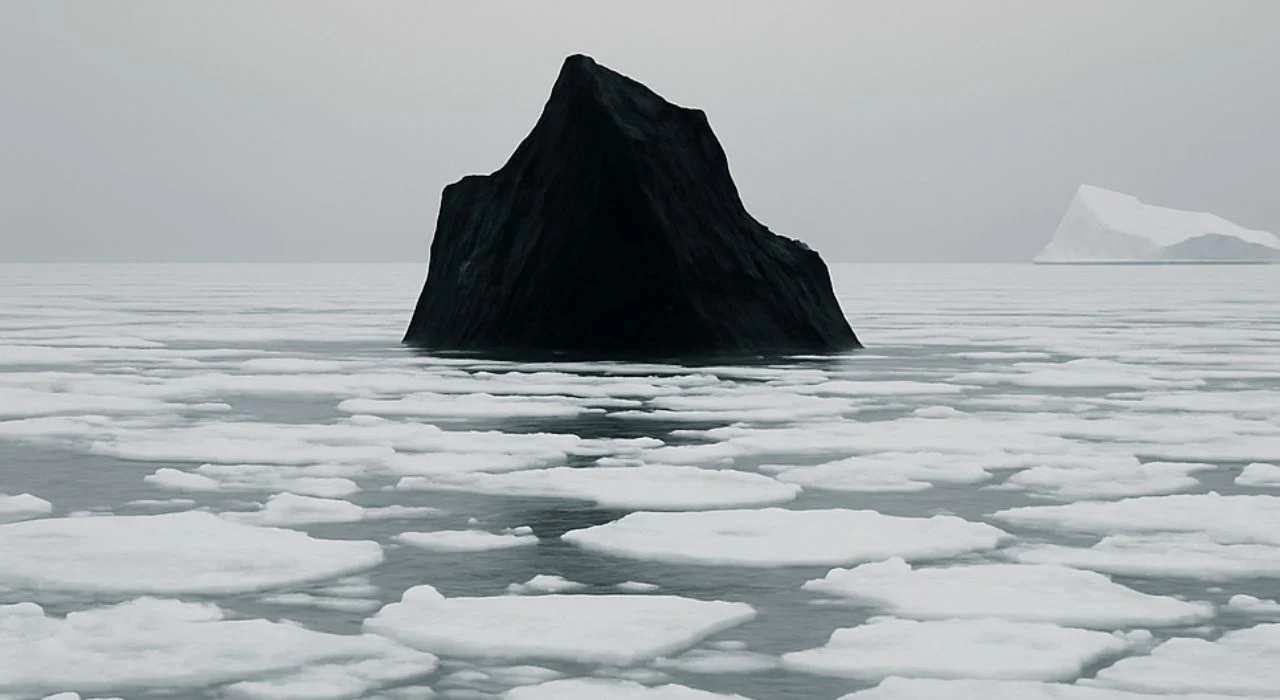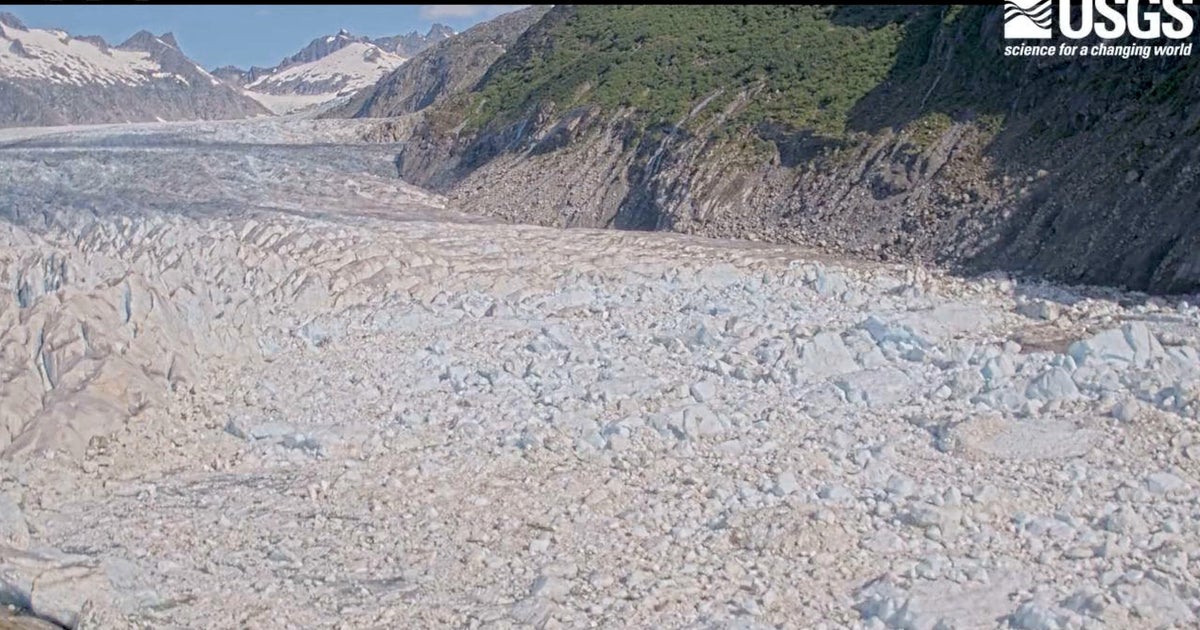West Coast Heat Wave and its Devastating Effects

Introduction
The West Coast is currently facing a sweltering heat wave, with record-high temperatures and increased risk of wildfires. This is not a new phenomenon, but it has become more frequent and severe in recent years. The Pacific Northwest, California, and the desert Southwest are particularly affected, with dangerously hot conditions over the weekend.
Key Details
The heat wave is caused by a combination of factors, including climate change and a high-pressure system sitting over the region. This has led to an extended period of hot and dry weather, making it easier for wildfires to start and spread. In California, the heat has also caused power outages as the demand for electricity to run air conditioning units soars. In the Pacific Northwest, the heat has caused glaciers to melt, exacerbating the effects of climate change.
Impact
The impact of this heat wave goes beyond just discomfort and inconvenience. It has real and lasting consequences for the environment, as well as for human health and safety. Wildfires can destroy homes and livelihoods, while the heat can lead to heat-related illnesses and even death. In addition, the increase in electricity demand puts a strain on the power grid and can lead to power outages. It is crucial that we take action to address the root causes of these extreme weather events and mitigate their effects.













